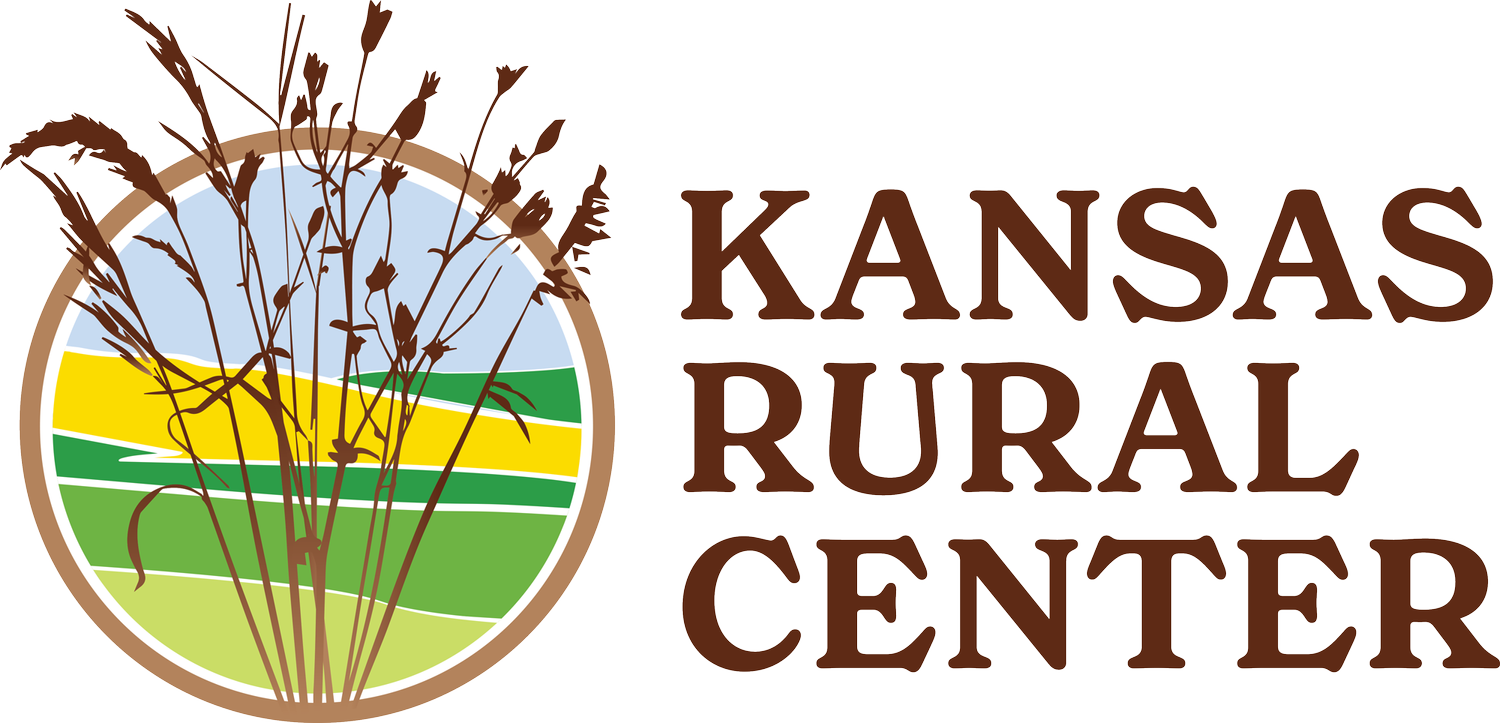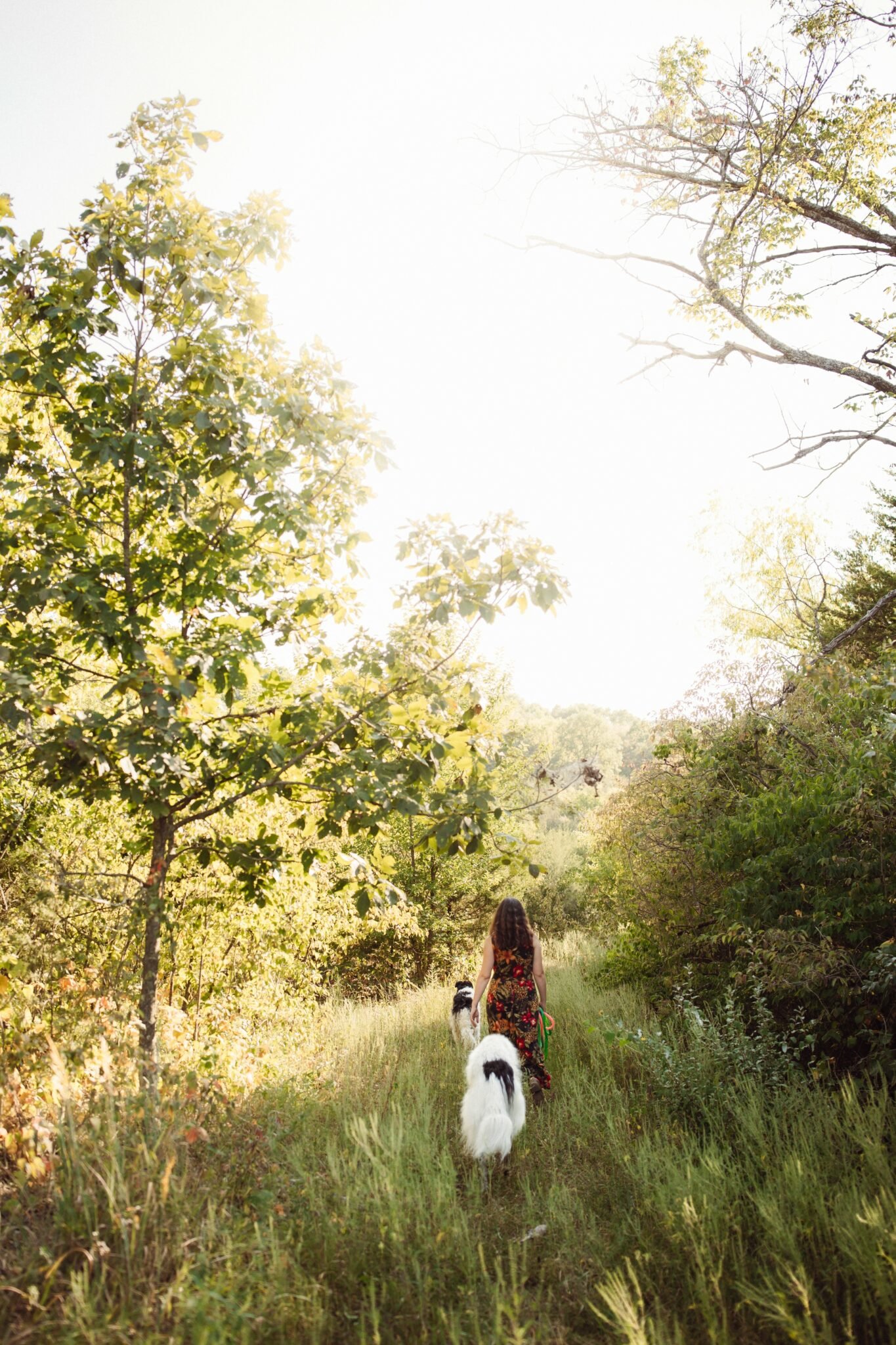Protecting the Land and Our Prairie
KRC Board Member Spotlight
Some of my earliest memories are of walking alongside my grandmother through the rows of her vegetable garden in rural western Kansas and admiring all the colors, sights and sounds as she gave me little tastes of what she was growing. I also have fond memories of running around my best friend’s grandfather’s farm and adventuring in the wheat fields as a child. My parents took me on hikes and nature walks from as early as I can remember, and I soon developed a little collection of favorite mosses and lichens, twigs and stones I’d encountered.
As I grew older, my interest in language and communication added another layer to my overall love of nature. Food and food systems have the ability to connect people from vastly different cultures and timelines. The way in which we sustain ourselves and others is the most essential aspect of who we are and how we engage with the world. It is both a matter of survival and of legacy. When I returned to Kansas in 2021 after living away for many years, the smell of the soil was the first thing that made me recognize that I was home
When I first returned to Kansas, pandemic restrictions were still in full effect, so I spent a majority of my free time seeking out places to walk in nature with my dogs. I began to post photos of my hikes and noticed a lot of people couldn’t believe the photos I’d taken were from Kansas, including some Kansans! I went on to learn that only about 2% of land in Kansas is publicly accessible. From there, I made it my mission to seek out and document as much natural beauty as I could throughout the state via my Kansas Hikes social media page. Those explorations led me to develop a deep passion for our native ecosystems, prairie plants in particular. To the untrained eye, the prairie may look like a big field of grass, but it is a highly biodiverse and endangered ecosystem with hundreds of interdependent species that contribute to the health of our waters, soils and wildlife. The prairie is a sustainable garden of food, fiber, shelter and medicine that was curated by indigenous plains tribes for thousands of years. I believe preserving and restoring prairie is our biggest tool in fighting climate change, and I think it’s of utmost importance that we share that message far and wide - especially as Kansans.
We are lucky to have some of the last remnant prairies left in the country, so I view the prairie as our local Great Barrier Reef or Amazon rainforest. We have to keep telling the story of the prairie and connecting with it, boots on the ground, to change the narrative that Kansas is just “fly over country”.
I joined the board of the Kansas Rural Center this year by invitation of my friend, Kate Giessel. Like me, she had also left Kansas for several years after college only to return with renewed love for Kansas and a strong desire to support the land and its people. Prior to joining the board, I listened to the KRC podcast religiously and was so inspired to learn from innovators throughout the state working to grow food while caring for soil health, conserving groundwater, making healthy food accessible and ensuring community connection and access to mental health resources for farmers. KRC has been at the forefront of this important work for decades, and I’m so grateful to be a part of it!
My hope for the future of Kansas is that we expand our appreciation for biodiversity, learn to work more closely with native plants as a food source, and increase each person’s level of connectedness to the land and to the individuals growing our food. Our society can make us feel so isolated, and it’s more important than ever that we view ourselves as part of a vast interconnected community in relationship with humans, animals, plants, waters and soil.
Follow Andrea on Instagram @kansas_hikes
Andrea Perdue





